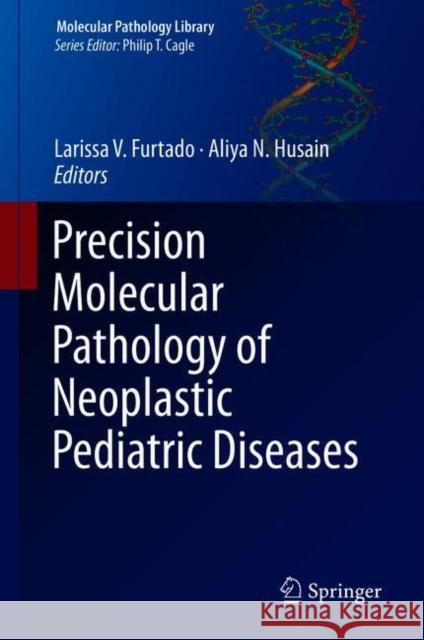Precision Molecular Pathology of Neoplastic Pediatric Diseases » książka
topmenu
Precision Molecular Pathology of Neoplastic Pediatric Diseases
ISBN-13: 9783319896250 / Angielski / Twarda / 2018 / 360 str.
Kategorie BISAC:
Wydawca:
Springer
Seria wydawnicza:
Język:
Angielski
ISBN-13:
9783319896250
Rok wydania:
2018
Wydanie:
2018
Ilość stron:
360
Waga:
0.82 kg
Wymiary:
16.3 x 24.2 x 1.8
Oprawa:
Twarda
Wolumenów:
01
Dodatkowe informacje:
Wydanie ilustrowane











